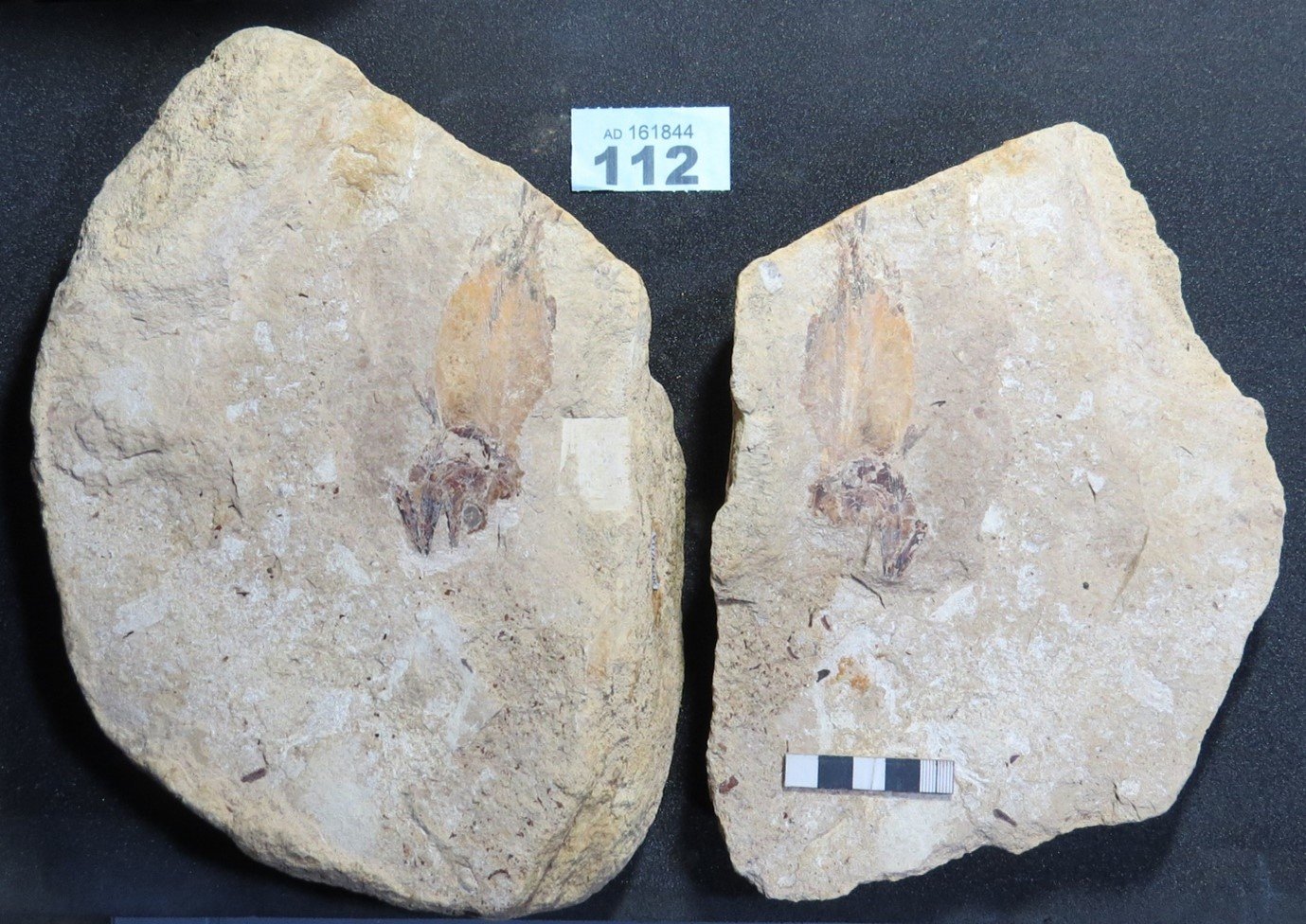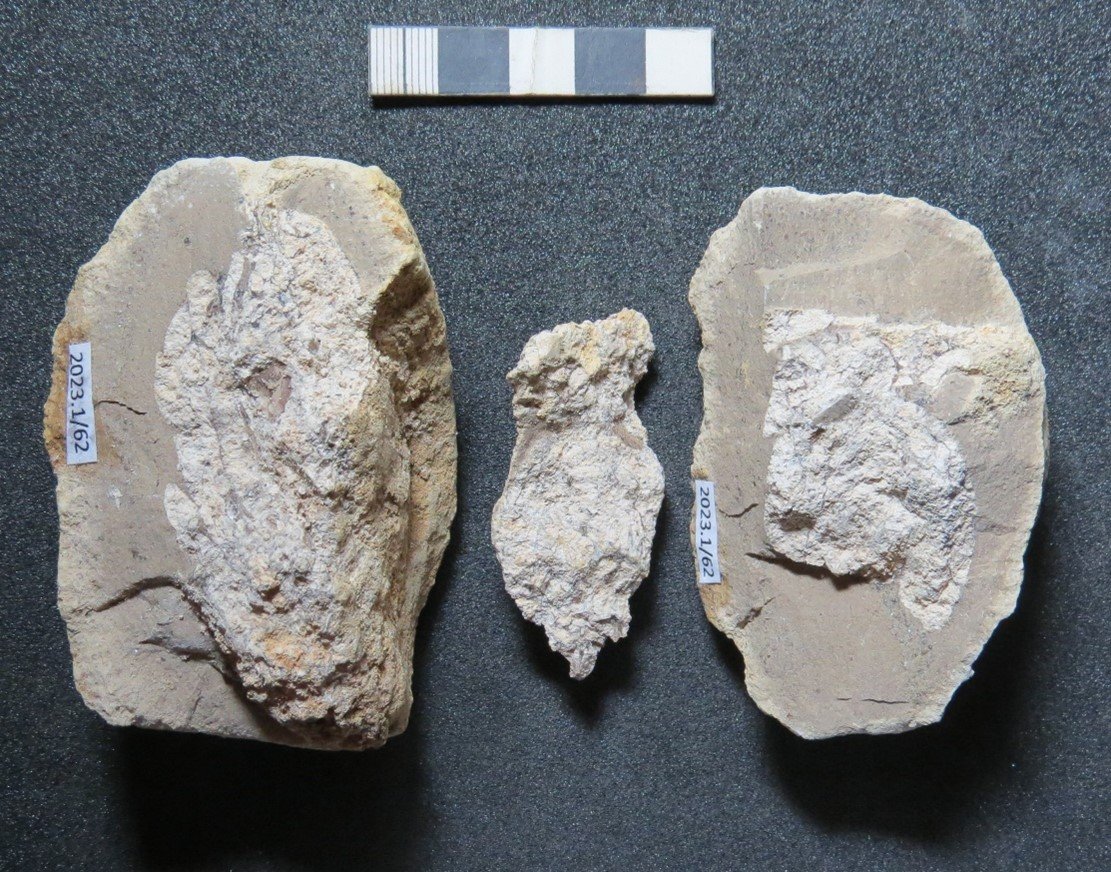Postscript - Conserving the fossil fish
/We have been quiet over the last 18 months since the discovery of nearly 150 Early Jurassic fossils at Court Farm, but that’s not to say that we haven’t been busy behind the scenes. We’re delighted to announce that the specimens found at this site have been conserved with thanks to generous assistance from the AIM Pilgrim Trust Remedial Conservation grant and the Curry Fund of the Geologists’ Association (www.geologistsassociation.org.uk).
Specialist conservator Nigel Larkin – a member of the original dig team - has been hard at work with expert fossil hunters Sally and Nev Hollingworth, removing mud from the specimens and painstakingly conserving and preparing them for further study and display.
Of the 147 specimens found, all required cleaning. Some specimens required conservation (not least because some of the fossils were found by splitting nodules) and many of the fossils required some mechanical preparation to remove enclosing matrix and reveal more of the specimen to aid in their identification.
Here are a few examples of the type of work undertaken – with thanks to Nigel for sharing his photographs and descriptions of the treatment.
Some specimens were broken during splitting so repairs have been undertaken with an acrylic resin called Paraloid B72 which is often used in museum conservation as any treatment is reversible.
a fossil fish skeleton that required repair
This fish skeleton had a bivalve mollusc preserved with it. This slab containing the specimens was in two pieces so was adhered together.
Some of the fossils were preserved in slabs of matrix that were much larger than necessary so some of the excess rock has been trimmed from such specimens for easier storage and handling. In some cases, the fossils themselves were partially obscured by matrix. These specimens have been mechanically prepared under magnification using pneumatic preparation pens with reciprocating needles and/or with a pneumatic airbrasive unit.
Examples of specimens being prepared (removing matrix to expose more of the fossil) – before and after
the whole surface of this large nodule was prepared away to reveal the ammonite.
at the other end of the scale this tiny fish skull (less than 20mm long) was also prepared
And here are a few more interesting examples of specimens which have been cleaned and prepared.
Prepared small fish skeleton
Some specimens which were split in the field have provided a part and counterpart. This fish below has been exquisitely preserved, even down to what appears to be its stomach contents – thereby providing further evidence of the food chain of this ecosystem.
Example of one of the fish fossils preserved as part and counterpart.
Above is a coprolite (fossilised dropping) in a nodule. It has not been glued together as that would reduce the ability to study the contents of the specimen.
Now that the specimens have been conserved, labelled, packed in archival card trays and safely returned to the Museum, our next step will be to catalogue them. Further academic study will be undertaken to identify the fossils and better understand this rare example of an Early Jurassic marine ecosystem.
We are also still awaiting the insect specimens which are being independently studied by Emily Swaby of the Open University and we’re looking forward to learning more about these – the very presence of them in a marine environment suggests that land must have been nearby.
Lastly, we are planning to put a selection of the finds on display at the Museum in the Park soon. Watch this space and we will let you know when dates are confirmed.
Blog by Zoë Wilcox, Documentation and Collections Officer












